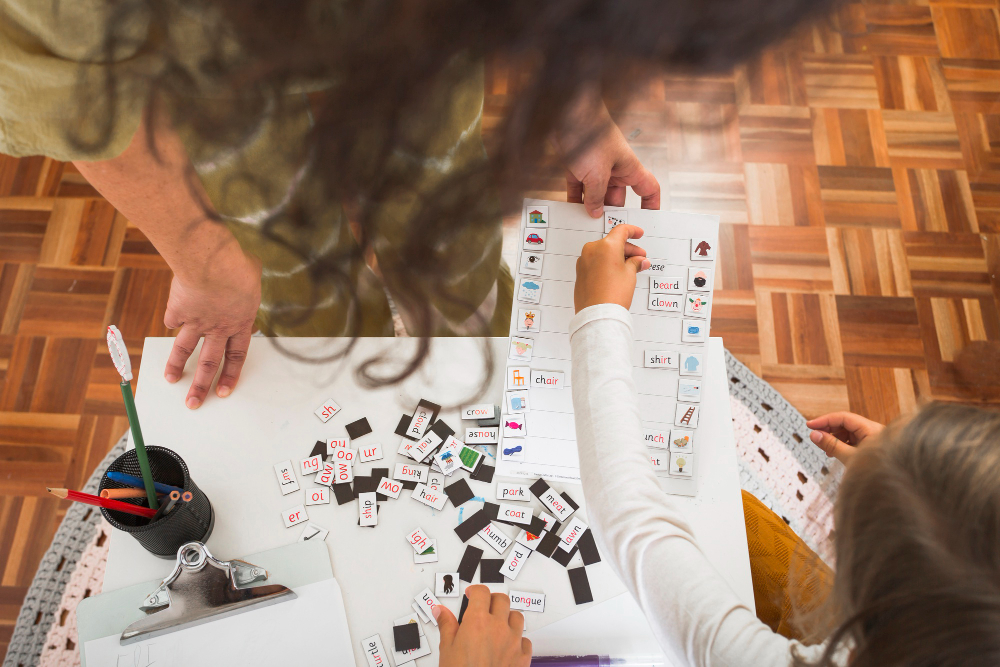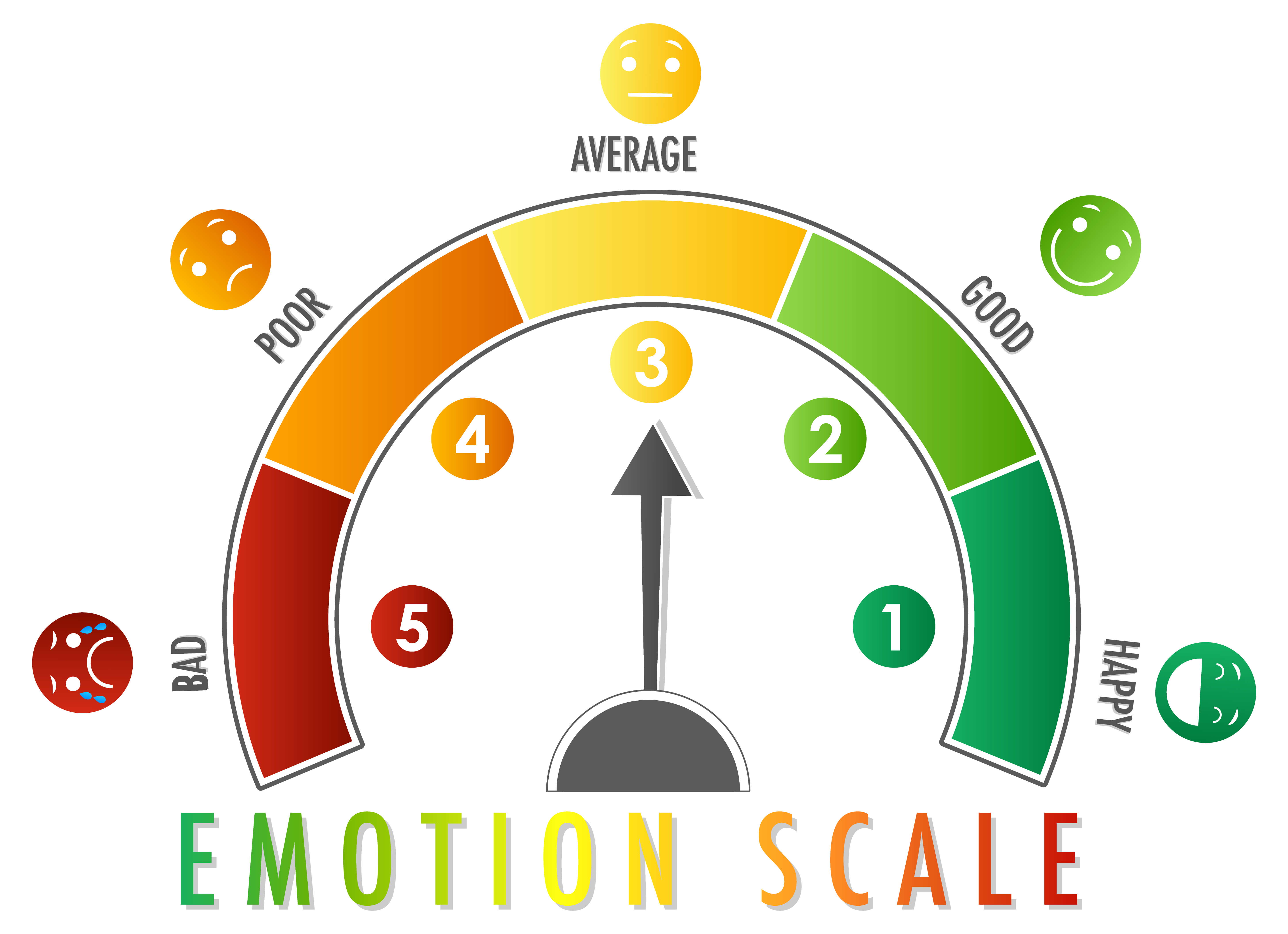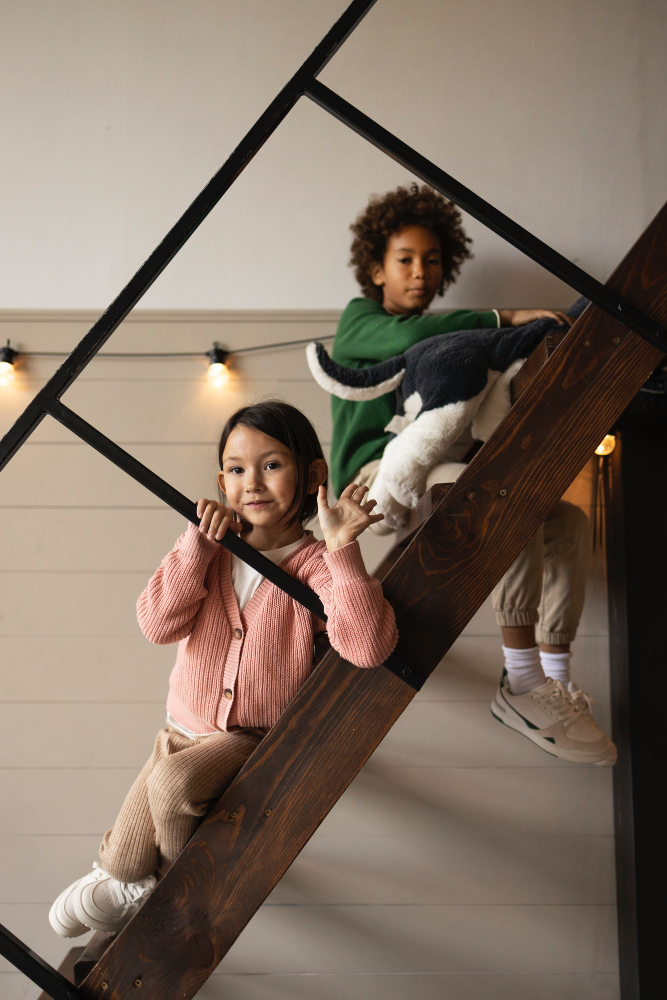So many adults assume that once a child can name what they’re feeling—angry, sad, worried, excited—they’ll be able to regulate it. Tools like the Zones of Regulation offer colour-coded frameworks, charts with cartoon faces, tidy categories meant to tame the storm. The belief is that if a child can say what’s going on inside, then everything else will follow. But for PDA children—especially those with alexithymia or local processing styles—this approach does not soothe; it overwhelms.
Many children cannot feel in categories
Alexithymia makes it difficult, sometimes impossible, to identify, organise, or express internal states using conventional emotional language. Local processing can create a similar difficulty, and while these can be comorbid, they are distinct ways of experiencing and expressing emotion. Local processing amplifies this challenge, because experience arrives in fragments—thousands of sensations, each urgent, each incomplete, each unfolding on its own track.
For some PDA children, this results in an emotional crescendo so rich and fast that by the time an adult says “What colour are you in?” they’re already underwater. For others, it creates a flatness—an emotional blankness that is often mistaken for resistance or indifference but is, in truth, a narrower or more diffuse emotional aperture. For some, this is a protective mechanism that may resemble dissociation; for others, it is simply their baseline way of experiencing emotion—less intense, less verbal, less linear. Either way, forcing these children to collapse their complex inner world into a single zone or word is not helpful. It is coercion dressed as skill-building. And frankly, most adults can’t do it either. Ask any therapist. Ask mine.
The practice: follow the child’s way of knowing
When a child struggles to name what they’re feeling, stop asking them to fit the moment into a chart. Step back. Observe how they express themselves on their own terms—through movement, metaphor, music, silence, art, sound, script, or story.
I remember once walking with my PDA child after a major meltdown, trying to reconnect and give him space from his sister, who was a major trigger at the time. I shared how I was feeling in my body—frustrated, helpless, wanting so badly to help—and invited him to share if he wanted to. He said he couldn’t really think about much because he could see the sidewalk breathing, and the smell was so weird it filled his whole mind. It had just rained after a heatwave, and I realised later he was describing something like synaesthesia. The smell of petrichor was so intense, it blocked everything else.
I was trying to talk about sibling conflict. He was trying to survive the sidewalk, too much ozone and a strange smell. It reminded me just how intrusive even well-intentioned emotional check-ins can feel. Instead of saying “What’s going on with you?” ask yourself first whether speaking now will place a demand on them. It’s not about finding the right script—it’s about building real connection in a moment that may already feel too full. When you are grounded, when you have reflected on your own state, and when your words emerge as an offering rather than a request, speak them with honesty. Until then, trust the power of presence. Let your proximity, your attunement, and your willingness to wait speak louder than any chart or check-in. When they say “I don’t know,” believe them. When they say nothing, listen anyway.
And most of all, stop pretending that a seven-layered emotion taxonomy is a universal truth. It’s a tool. Sometimes a helpful one. Sometimes a box with a lid too tight to breathe through.
-
Why sticker charts fail
Sticker charts and other incentive-based systems promise to motivate children through tangible rewards, yet they too often undermine genuine engagement by teaching students to focus on external validation rather than on the inherent value of learning or participation. When a child’s behaviour is…
Why it works
Regulation does not begin with labelling. It begins with being allowed to exist as you are. Forcing children to narrate their emotions—especially children with alexithymia or local processing—places an impossible cognitive load on a system already in distress. It teaches them that their natural way of feeling is wrong, their silence is a problem, their confusion is a failure. But when we make room for their full, incoherent, shifting experience—when we hold space for the chaos instead of trying to label it out of existence—they learn something far more useful than self-regulation. They learn self-trust.
If you’re the parent
You may have been told that naming emotions is the first step to emotional intelligence. You may have bought laminated charts, read scripts, practised reflective listening—and still found your child unable or unwilling to participate. That’s not because they’re oppositional. It’s because the whole framework is misaligned with how their brain and body actually process the world. You are not failing. You are simply being invited to build something more honest. Tune in to their rhythm. Pay attention to what emerges before words. Accept that clarity may arrive in images, metaphors, or twenty-four hours later. Trust that connection comes not through correct naming, but through shared presence.
-
Regulation isn’t colouring a box: how neurotypical emotion models can harm autistic kids
The Zones of Regulation chart is made of four tidy…
If you’re the teacher
You may feel pressure to teach emotional literacy, to document progress, to assess how students “identify and regulate feelings.” But when a child looks blank, overwhelmed, sarcastic, or storms away when asked how they feel, consider this: they may already be doing the emotional labour of survival. They may be managing a flood of sensations with no roadmap, no language, no social permission to fall apart. Let them off the hook. Give them tools that don’t speak. Trust the drawing, the silence, the fidget, the pacing. That’s emotional literacy, too.
And if your professional training says otherwise, ask yourself how often you have wanted to throw the Zones chart across the room and scream instead.
Final reflection
This is not an attack on the intent behind tools like Zones of Regulation. These models were often developed in good faith, in the hope of offering scaffolds to children whose emotions had previously been punished, ignored, or met with violence—especially those from communities where expressing pain was never safe.
They were part of a larger project to welcome emotional life into the classroom, to create space for vulnerability and reflection. But we must now ask whether these same tools, designed to open doors for some, are closing them for others.
What do we communicate when we tell a child—especially a child with alexithymia, trauma, or a PDA profile—that there is a right way to feel, a right way to report, a right time to respond? We must evolve our understanding of what is “age appropriate” or “developmentally appropriate” when neurodevelopmental difference is present.
It is not reasonable to expect children who process the world in disperse pieces, floods, or silence to distil their entire internal experience into a single colour, phrase, or quadrant.
Many adults—myself included—cannot do that even after a lifetime of therapy. And if we cannot do it, we must stop demanding it of those who are still building the capacity to feel safely in the first place. These children are not defiant. They are telling the truth about what their bodies can carry. Our job is to listen, not correct the form in which the truth arrives.
-
Kelly Mahler and Interoception
Kelly Mahler’s Interoception Approach helps students build body awareness for self-regulation, emotional understanding, and inclusive education.














